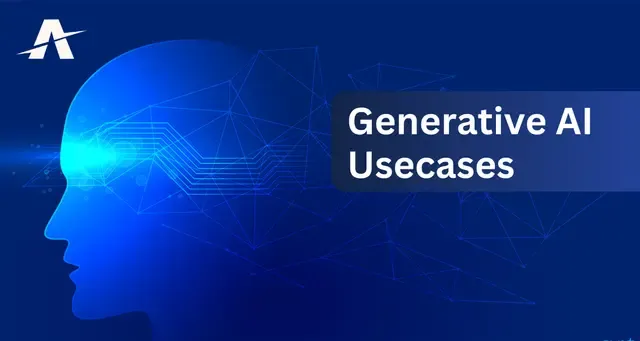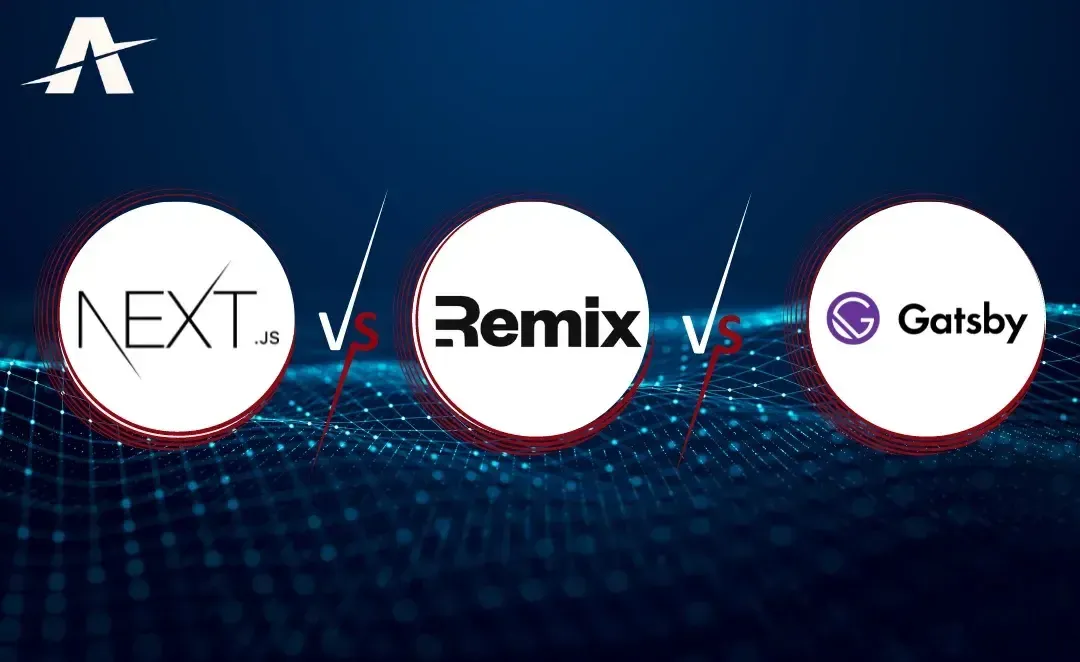
Introduction
In the dynamic realm of web development, choosing the right framework for your project is a critical decision. With a plethora of options available, each with its unique strengths and limitations, the decision-making process can be daunting. In this comprehensive comparison, we'll delve into the world of Next.js, Remix, and Gatsby, three prominent React-based frameworks, to help you make an informed decision for your next project.
Next.js: The Pragmatic Choice
Next.js is a popular React-based framework that simplifies the process of building modern web applications. It offers a host of features, including server-side rendering, automatic code splitting, and prefetching, making it an ideal choice for building performant and Next.js SEO-friendly websites and applications.
Key Features of Next.js:
Server-side rendering (SSR): Next.js enables server-side rendering, which means the HTML of your pages is generated on the server, resulting in faster initial page load times and improved search engine optimization (SEO).
Automatic code splitting: Next.js automatically splits your code into smaller bundles, ensuring only the necessary code is loaded for each page, improving page load times and reducing bandwidth usage.
Prefetching: Next.js prefetches resources for the next page in the background, minimizing perceived loading times and creating a smooth user experience.
File-based routing: Next.js utilizes file-based routing, making it easy to organize and manage your routes.
Use Cases:
Universal Applications: Well-suited for universal applications with a mix of static and dynamic content.
E-commerce Platforms: Ideal for building e-commerce websites with SEO-friendly pages and fast loading times.
Enterprise Solutions:Next.js is a pragmatic choice for large-scale applications requiring server-side rendering and optimal performance.
Remix: The Full-Stack React Framework
Remix, a relatively new player in the framework landscape, is gaining traction for its unique approach to data fetching and routing. It emphasizes a component-based architecture and a concept called "data fetching boundaries," enabling developers to create resilient and maintainable applications.
Key Features of Remix:
Data fetching boundaries: Remix introduces the concept of data fetching boundaries, allowing developers to define where and how data is fetched, resulting in cleaner and more maintainable code.
Component-based architecture: Remix promotes a component-based architecture, encouraging developers to create reusable and testable components.
Action and loaders: Remix utilizes actions and loaders to handle data fetching and other side effects, ensuring data is available when components need it.
Transitional routing: Remix provides transitional routing, enabling smooth transitions between routes and preserving state.
Use Cases:
Interactive and Dynamic Applications: Remix is well-suited for applications requiring dynamic and interactive user experiences with client-side navigation.
Data-Intensive Dashboards: Ideal for building data-intensive dashboards where fine-grained control over data loading is essential.
API-Driven Development: Remix's emphasis on client-side navigation makes it a good fit for applications relying heavily on APIs.
Gatsby: The Static Site Generator
Gatsby is a popular choice for building static websites and progressive web apps (PWAs). It leverages its static site generation capabilities to deliver incredibly fast page load times and exceptional SEO performance.
Key Features of Gatsby:
Static site generation (SSG): Gatsby utilizes SSG to generate HTML pages at build time, resulting in incredibly fast initial page load times.
GraphQL data layer: Gatsby provides a GraphQL data layer, enabling developers to fetch and manage data from various sources efficiently.
Image optimization: Gatsby offers built-in image optimization capabilities, ensuring images are optimized for performance and SEO.
Plugin ecosystem: Gatsby boasts a rich plugin ecosystem, providing a wide range of extensions and integrations.
Use Cases:
Content-Centric Websites: Perfect for content-centric websites, blogs, and portfolios where static site generation is sufficient.
SEO-Optimized Sites: Gatsby excels in creating SEO-friendly websites with its static site generation capabilities.
Headless CMS Integration: Integrates seamlessly with headless CMS platforms, making it a great choice for content-driven applications.
Choosing the Right Framework: Next.js vs. Remix vs. Gatsby
Selecting the right framework for your project depends on your specific needs and requirements. Here's a brief overview of when each framework might be the best choice:
Next.js: Choose Next.js for building performant and SEO-friendly websites and applications that require server-side rendering and dynamic data fetching.
Remix: Opt for Remix for developing resilient and maintainable applications that emphasize data fetching boundaries and a component-based architecture.
Gatsby: Select Gatsby for building static websites and PWAs that prioritize incredibly fast page load times and exceptional SEO performance.
Additional Considerations
Beyond the core features and use cases, consider these factors when choosing a framework:
Developer experience: Evaluate the documentation, community support, and overall developer experience offered by each framework.
Learning curve: Assess the learning curve for each framework, considering your team's experience and expertise.
Ecosystem and integrations: Consider the ecosystem of plugins, tools, and integrations available for each framework.
Next.js, Remix, and Gatsby stand as formidable React-based frameworks, each with its distinctive strengths and ideal use cases. Through a meticulous evaluation of your project requirements, an understanding of your team's proficiency, and a thorough assessment of additional needs, you can make informed decisions for optimal framework selection












